Reinstating these foundational safeguards to 9 million acres of undeveloped forests in Southeast Alaska supports critical winter range and deer hunting opportunities
This is the first piece of a two-part series on how to improve Sitka black-tailed deer habitat in Southeast Alaska. This blog focuses on the role that old-growth forests play in determining hunting opportunities for deer. A future discussion will address approaches for improving deer habitat in unmanaged stands of second-growth forests.
A small deer with a big role
Despite their relatively small physical stature, Sitka black-tailed deer play a big role in the hunting traditions of Southeast Alaska, where they are the most pursued species of big game. These short and stocky ungulates, which are a subspecies of mule deer, serve as an important food source in a remote region where store-bought groceries—which are typically transported by plane or boat—are costly and limited. Many rural residents, both Alaska Natives and non-Native people, practice a subsistence lifestyle and rely on the rich, wild resources of the Tongass, such as deer, salmon, grouse, berries, mushrooms, and more.
Sitka black-tailed deer also provide one of Alaska’s best hunting opportunities for non-residents. During the 2021-2022 season, non-residents could harvest up to six deer on Admiralty Island with an over-the-counter tag. Many other big game species in Alaska require non-resident hunters to hire a guide and/or draw a coveted tag in a competitive lottery. Sitka black-tailed deer offer the most abundant opportunities for unguided hunters from the Lower 48.
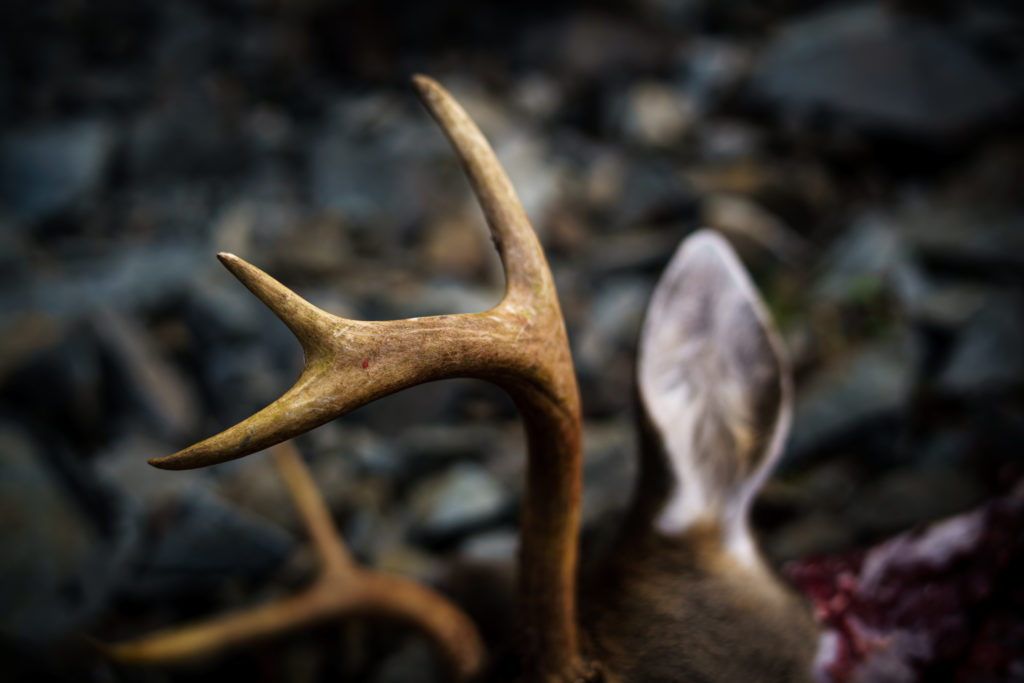
The Tongass: a mosaic of deer habitat
Sitka black-tailed deer are native to the coastal rainforests of Southeast Alaska and northern British Columbia. Populations have also been introduced on many of the islands in Prince William Sound, near Yakutat, and on Kodiak and Afognak Islands. Much of the habitat that these animals rely on is located within the Tongass National Forest.
At 17 million acres, the Tongass is the United States’ largest national forest and the largest temperate rainforest in the world. Its remaining stands of old-growth timber—primarily large western hemlock and Sitka spruce trees that range from 200-700 years old—provide an ideal mosaic of habitat that is critical to the survival of deer, especially in heavy snow years. Severe winter weather is one of the biggest factors influencing the dramatic population swings affecting deer, according to the Alaska Department of Fish and Game (ADFG).
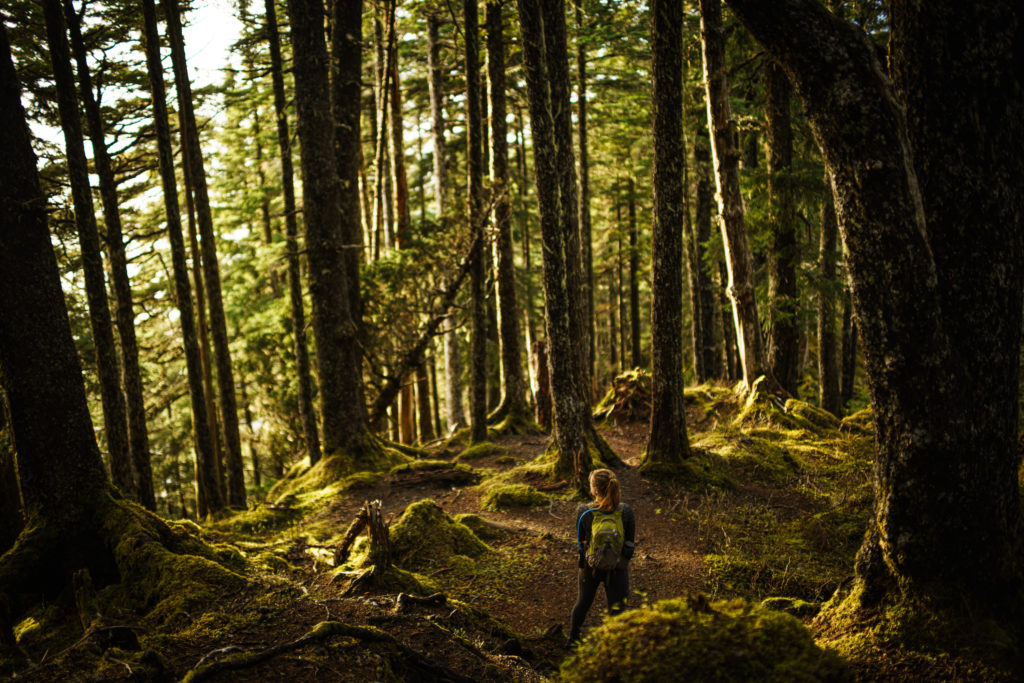
Mature forests make the best winter range
From a deer’s perspective, not all forests are created equal. Two general factors determine the suitability of winter range in forested areas: a productive understory that provides a variety of high-quality forage, and a canopy-like overstory that prevents those food sources from being buried by snowfall.
A blanket of snow not only reduces the quantity of forage accessible to deer, it also decreases its quantity. About four inches of snow is all it takes to bury nutrient-rich herb-layer forages and non-woody plants like bunchberry and trailing bramble. Although deer will eat deciduous shrubs and conifer forage when their preferred foods are covered by snow, these lower-quality foods cause deer to lose weight (Hanley et al. 1984).
At the same time, when snow depth reaches approximately 10 to 12 inches, deer sink in the snow beyond their front knee, which greatly increases the amount of energy required for deer to walk and run.
As snow depth builds, a deer’s diminished energy intake and heightened energy expenditure poses a significant threat to its survival. Population declines in Sitka black-tailed deer have typically been attributed to starvation during winters with deep and persistent snow.
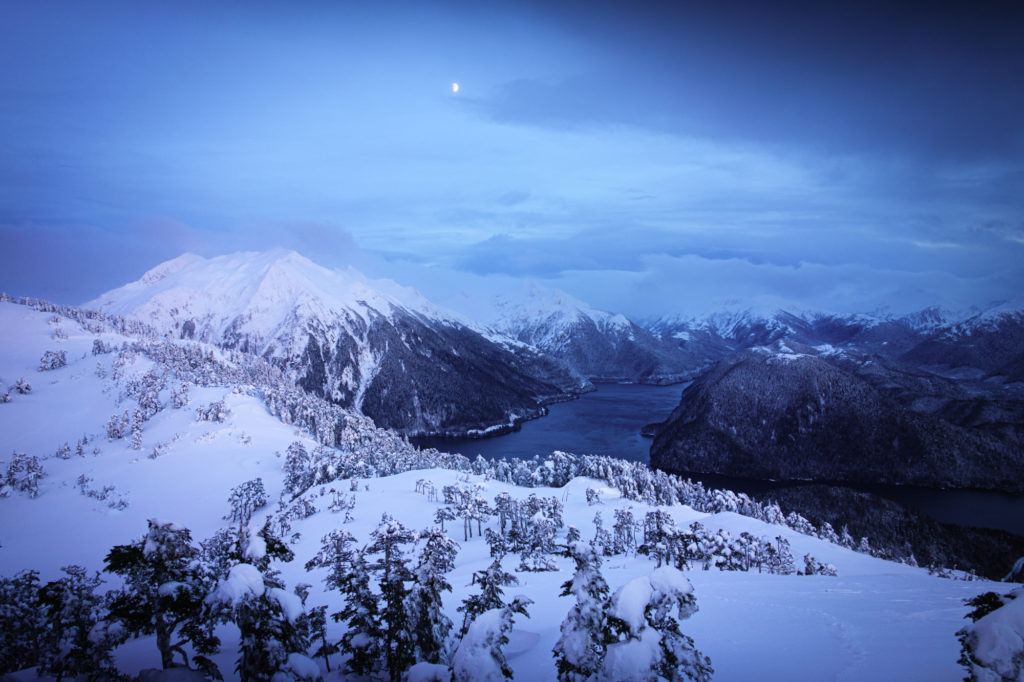
A common misconception about clearcuts
While many hunters view clearings from logging as beneficial for deer habitat, the severe winters in Southeast Alaska create a different situation, where old-growth stands are most beneficial. It’s true that young, open stands provide forage during snow-free months. However, a lack of mature trees to intercept snow often makes these food sources unavailable during Alaska’s harsh winters. Deer also face higher predation risks in snowbound open areas.
As these clearings transition into even-age second-growth stands (>20-30 years), the available forage is reduced substantially as the closure of the forest canopy virtually eliminates the understory. These conditions persist for the remainder of the 90- to 125-year timber harvest rotation (Schoen and Kirchhoff, 1984). Data from fecal pellet studies confirms that Sitka black-tailed deer use quality old-growth habitat year-round more than recent clearcuts and unmanaged, closed-canopy young growth.
In discussing the threats facing Sitka black-tailed deer, ADFG cautions, “habitat capability and deer numbers are expected to decline in some areas as large tracts of previously logged areas reach the closed canopy stem exclusion stage and become extremely poor deer habitat. Population models predict declines in deer carrying capacity in the Ketchikan area of 50–60 percent by the end of the logging rotation in 2054.”
In the long run, a deer population that is forced to rely on unmanaged clearcuts will suffer.
Note: A future blog post will address strategies for managing young-growth forests to improve wildlife habitat.
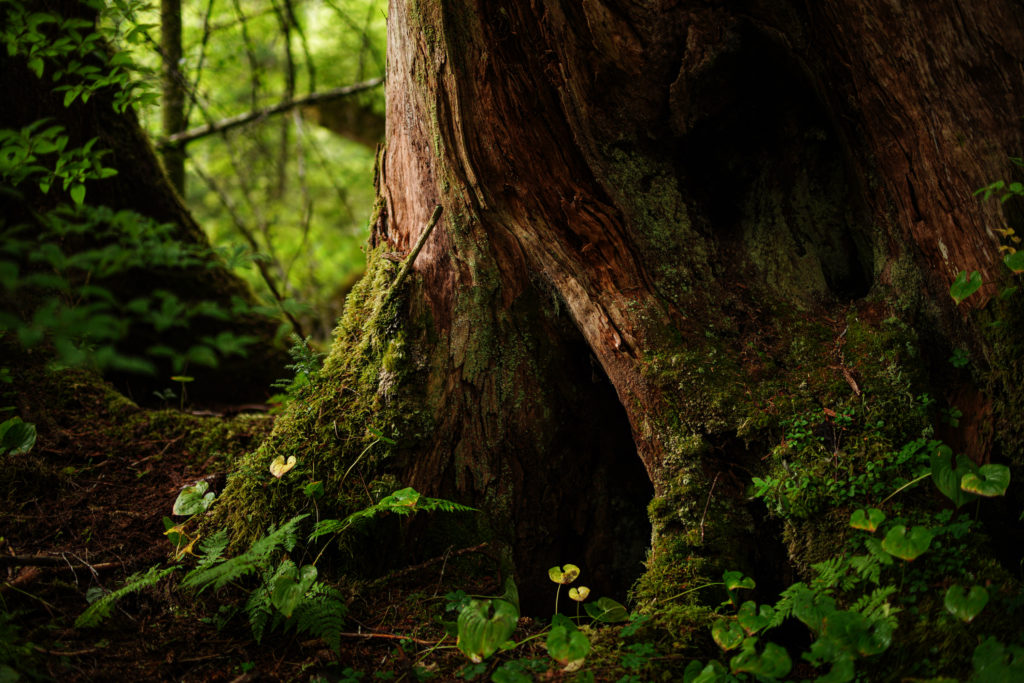
Take action for Sitka black-tail habitat
The greater the expanse of mature forests, the greater the opportunity for wintering deer to obtain sufficient energy and maintain healthy populations. That’s why the TRCP supports reinstating the Roadless Rule in Alaska, which will restore safeguards to more than 9 million acres of undeveloped forests in the Tongass, including critical Sitka black-tail habitat. Join us in sharing your support for the Roadless Rule with the Forest Service.
Take Action
Photos courtesy of Bethany Goodrich.

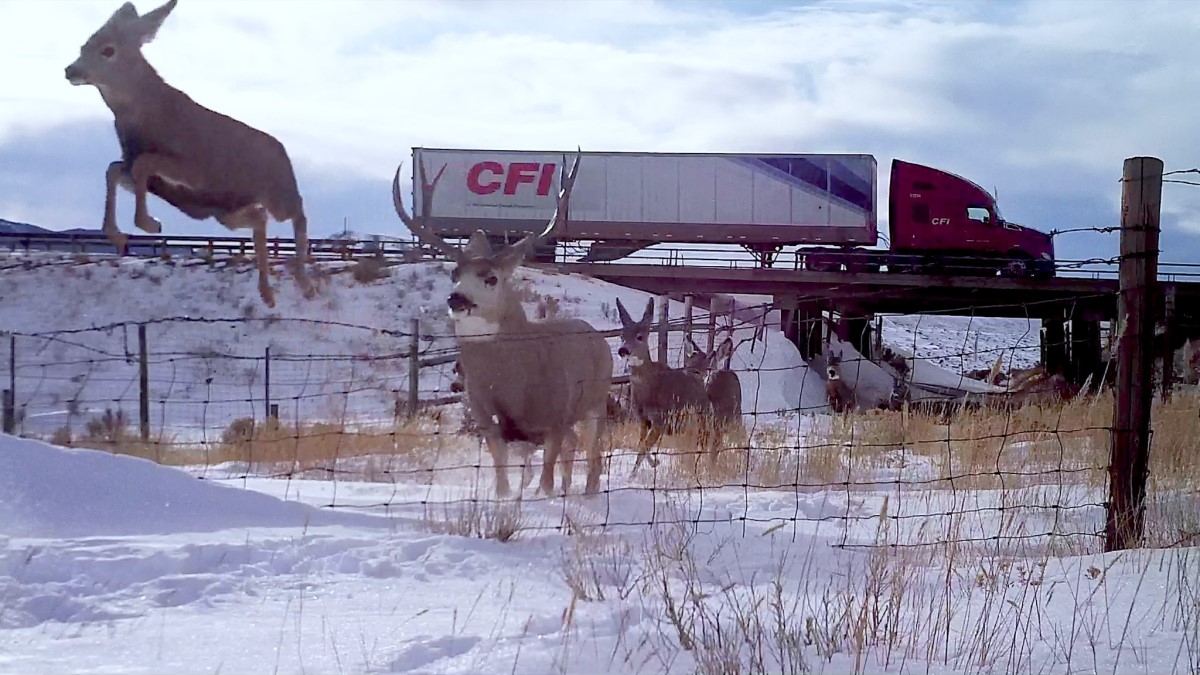
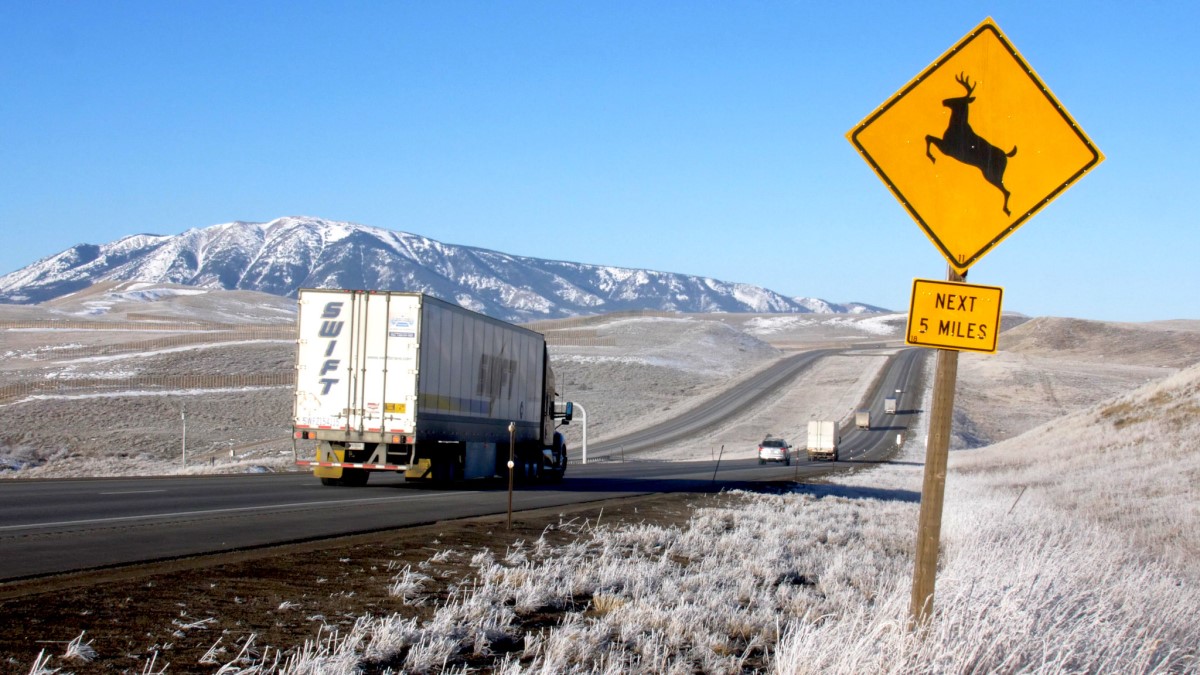
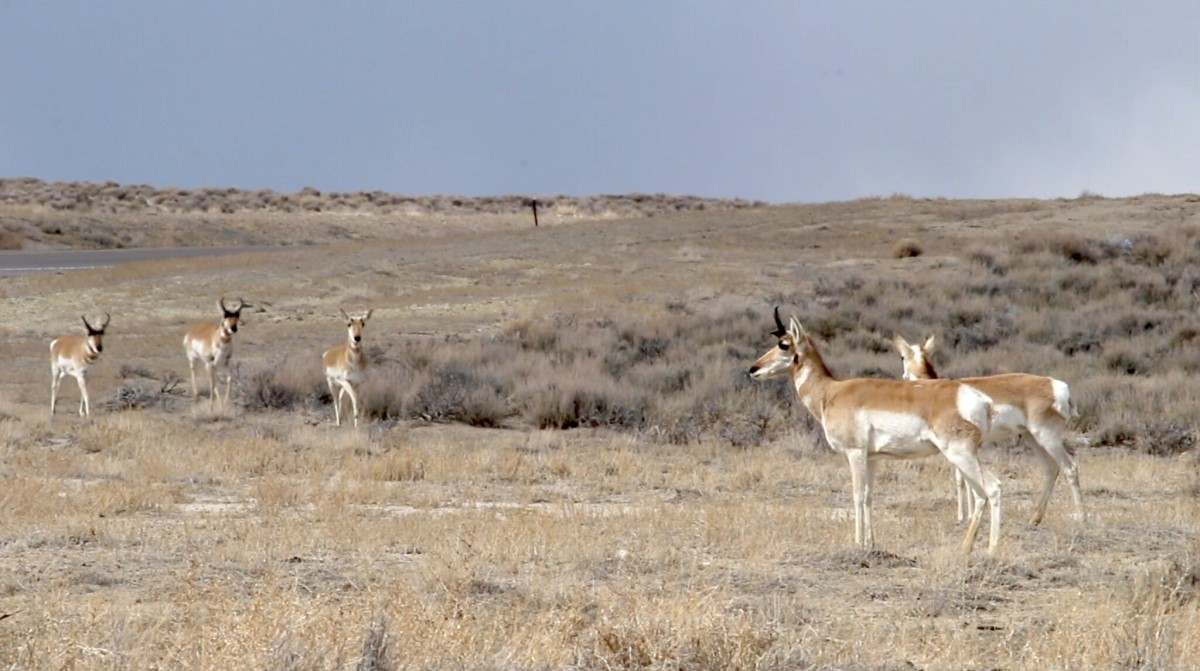














I don’t think the author even understands the content of this article. While it may be true that excessive snow depth in clearcuts is bad for deer, it’s also true, as stated in the article, that old-growth forest with a solid canopy is horrible deer habitat, as the lack of understory equates to a lack of forage. Creating roadless rules which make large tracts of forest closed to logging eventually leads to large tracts of poor habitat, unless the forest is naturally renewing due to fire or other natural occurrences.
North America is running out of true wilderness. Please reinstate the roadless rule and let the Tongass remain how it should be. Wild.
Thanks for this question, Mark. Here’s a response from the TRCP’s Alaska field rep, Jen Leahy:
(1/2) Thanks for taking time to read the post and offer feedback. You’re correct that closed forest canopies create low-quality deer habitat. In the Tongass, previously logged areas with even-aged trees—NOT undeveloped old-growth stands—will eventually result in closed canopies if not actively managed. In describing the threats to Sitka black-tailed deer, the Alaska Department of Fish and Game states (https://www.adfg.alaska.gov/index.cfm?adfg=deer.main), “habitat capability and deer numbers are expected to decline in some areas as large tracts of previously logged areas reach the closed canopy stem exclusion stage and become extremely poor deer habitat.”
(2/2) On the other hand, old-growth forests in the Tongass—where tree species typically include western hemlock, Sitka spruce, and sometimes red or yellow cedar—are characterized by trees of diverse size and age. In these unique stands, multiple canopy layers contain gaps that let in adequate sunlight, resulting in a productive understory.
See p. 4 of this piece (https://ak.audubon.org/sites/default/files/og_sc_subsection_seak_atlas_ch03_biological_setting_200dpi.pdf) produced by Audubon Alaska for side-by-side photos of old-growth forest and previously-logged, even-aged forest (about 60 years old) where the canopy has closed in. The differences in the understories are striking.
Finally, I’d like to reiterate that this article focuses mostly on conserving undeveloped habitat in the Tongass. TRCP also supports actively managing second-growth stands to improve fish and wildlife and create more sustainable forestry jobs. More on that topic to come!
-Jen Leahy, Alaska Field Rep
Thanks for this in depth description. As a hunter in SE AK, it’s hard to convey how important the old-growth areas are for deer. This winter, we started off with incredible deep deep snow. Feet and feet of snow. In the mountains, tens and tens of feet of snow. The low lying, big trees were the only places we saw deer tracks, hiding out in a refuge with less snow. Thanks for your work Jen!